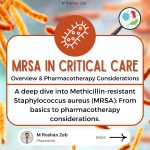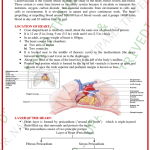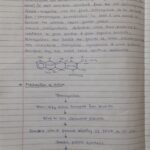DRUG ABSORPTION
M. Pharm Ⅱ semester
Dept. of Pharmaceutics
www.DuloMix.com 1
CONTENTS:
Introduction
Definitions
Mechanisms of drug absorption
www.DuloMix.com 2
DRUG ABSORPTION
It is defined as the process of movement of
unchanged drug from the site of administration to
systemic circulation or to the site of measurement
i.e. plasma.
This definition takes into account the loss of drug
that occurs oral administration due to presystemic
metabolism or first-pass effect.
www.DuloMix.com 3
There always exist a correlation between the plasma
concentration of a drug and therapeutic response
A=Therapeutic success of a rapidly and completely
absorbed drug.
B= Therapeutic failure of a slowly absorbed drug.
Max. E.C
Min. E.C
Time
www.DuloMix.com 4
Plasma drug conc.
Therapeutic window
GASTROINTESTINAL ABSORPTION
OF DRUGS
The GI lining constituting the absorption barrier
allows most nutrients like glucose, amino acids,
fatty acids, vitamins etc.
But it prevents the entry of certain toxins and
medicaments
For a drug to get absorbed after oral
administration, it must first pass through biological
membrane.
www.DuloMix.com 5
DEFINITIONS
Biopharmaceutics- It is defined as the study of
factors influencing the rate and amount of drug
that reaches the systemic circulation and the use
of this information to optimise the therapeutic
efficacy of drug products.
Absorption- The process of movement of drug
from its site of administration to the systemic
circulation.
Bioavailability- The rate and extent(amount) of
drug absorption.
www.DuloMix.com 6
Drug disposition- Any alternation in the drug’s
bioavailability is reflected in its pharmacological
effects. Others processes that play a role in the
therapeutic activity of a drug are distribution and
elimination. Together, they are known as drug
disposition.
Drug distribution- The movement of drug between
one compartment and the other is referred to as
drug distribution.
Elimination- The process that tends to remove the
drug from the body and terminate its action.
www.DuloMix.com 7
Elimination occurs by 2 processes
Biotransformation (metabolism), which usually
inactivates the drug, and excretion which is responsible
for the exit of drug/metabolites from the body.
Pharmacokinetic- Is defined as the study of time
course of drug ADME and their relationship with
its therapeutic and toxic effects of the drug.
Clinical pharmacokinetic- The use of
pharmacokinetic principles in optimising the drug
dosage to suit individual patient needs and
achieving maximum therapeutic utility is called
as clinical pharmacokinetic.
www.DuloMix.com 8
PHARMACOKINETIC PROCESS
www.DuloMix.com 9
DRUG ADMINISTRATION AND THERAPY
CAN NOW BE CONVENIENTLY DIVIDED
INTO FOUR PHASES OR PROCESS
The pharmaceutical phase.
The pharmacokinetic phase.
The pharmacodynamic phase.
The therapeutic phase.
www.DuloMix.com 10
www.DuloMix.com 11
Drugs are administered mainly in 4 routes-
1. The enteral route. Ex- intravenous, intramuscular,
subcutaneous.
2. The parenteral route. Ex- buccal, oral, rectal.
3. The topical route. Ex- transdermal.
4. Other. Ex- inhalation.
www.DuloMix.com 12
Mechanism of drug absorption
1) Transcellular / intracellular transport.
2) Paracellular / intercellular transport.
3) Vesicular transport (endocytosis).
www.DuloMix.com 13
Examples
Transcellular route. (Sugars, Vitamins, Salts)
Paracellular route. (β-Adr. Drugs, Amines, Acids)
www.DuloMix.com 14
1) Transcellular / intracellular transport.
I. Passive transport processes
a) Passive diffusion
b) Pore transport
c) Ion-pair transport
d) Facilitated or mediated diffusion
II. Active transport processes
a) Primary active transport
b) Secondary active transport
www.DuloMix.com 15
PASSIVE TRANSPORT PROCESSES
A) Passive diffusion-
It is also called as non-ionic diffusion. it is the major
process for absorption of more than 90% of the drugs.
The driving force for this process is the concentration
or electrochemical gradient.
The passive diffusion is best expressed by Fick’s first
law of diffusion, which states that the drug molecules
diffuse from region of higher concentration to one of
lower concentration until equilibrium is attained and
that the rate of diffusion is directly proportional to
the concentration gradient across the membrane.
www.DuloMix.com 16
www.DuloMix.com 17
Km/w = partition coefficient of the drug between
the lipoidal membrane and the aqueous GI fluids.
CGIT-C = difference in the concentration of drug
in the GI fluids and plasma, called as
concentration gradient.
h = thickness of the membrane
www.DuloMix.com 18
B) Pore transport-
It is also called as Convective transport, Bulk flow
or filtration.
The driving force for this process is the ‘hydrostatic
pressure or the osmotic differences across the
membrane’.
The process is important in the absorption of low
molecular weigh, low molecular size drugs.
Example: Urea, Water, Sugar
www.DuloMix.com 19
Pore transport-
www.DuloMix.com 20
C)Ion-pair transport-
www.DuloMix.com 21
D)Carrier mediated transport
www.DuloMix.com 22
Facilitated diffusion-
www.DuloMix.com 23
ACTIVE TRANSPORT PROCESSES
www.DuloMix.com 24
❑Primary active transport-
In this process there is direct ATP requirement. The
process transfer only one ion or molecule and in only one
direction, and hence called as uniporter.
e.g. absorption of glucose.
They divided 2 types
A)Ion transporters- are responsible for transporting ions
in or out of cells.
e.g. 1)Organic anion transporter- which aids absorption
of drugs such as pravastatin and atorvastatin.
2) Organic cation transporter- which aids absorption of
drugs such as diphenhydramine.
www.DuloMix.com 25
B)ABC (ATP-binding cassette) transporters- are
responsible for transporting small foreign molecules
(like drugs and toxins) especially out of cells i.e.
exsorption.
ABC transporter present in brain capillaries pump a
wide range of drugs out of brain.
e.g. hydrophobic drugs (anticancer drugs out of
cells).
❑ Secondary active transport-
In this processes, there is no direct requirement of
ATP i.e. it takes advantages of previously existing
concentration gradient.
www.DuloMix.com 26
A)Symport (co-transport): involves movement of both
the molecules in the same direction
e.g. Na+-glucose symporter
A classic example of symporter is peptide transporter
called as H+-coupled peptide transporter (PEPT1)
which is implicated in the intestinal absorption of
peptide- like drugs such as β-lactam antibiotics.
www.DuloMix.com 27
PARACELLULAR / INTERCELLULAR TRANSPORT.
The transport of drugs through the junctions between
the GI epithelial cells.
This pathway is of minor importance in drug
absorption.
1. Permeation through tight junctions of epithelial
cells- this process basically occurs through opening
which are little bigger than the aqueous pores.
➢Compounds such as insulin and cardiac glycosides are taken
up by this mechanisms.
2. Persorption- it is permeation of drugs through
temporary openings formed by shedding of 2
neighbouring epithelial cells into the lumen.
www.DuloMix.com 28
VESICULAR TRANSPORT
(ENDOCYTOSIS).
Like active transport, these are also energy
dependent processes but involve transport of
substances within vesicles into a cell.
It is a minor transport mechanisms which involves
engulfing extracellular materials.
www.DuloMix.com 29
1) Pinocytosis(cell drinking): uptake of fluid solute.
2) Phagocytosis(cell eating):adsorptive uptake of
solid particulates.
www.DuloMix.com 30
SUMMARY OF MECHANISM OF
ABSORPTION
ABSORPTION MECHANISM DRUGS ABSORBED
Passive diffusion Drugs having lipophilicity and
M.W. 100-400 D
Pore transport Water soluble drugs of M.W.
100
Carrier-mediated transport Structure specific drugs
Ion-pair transport Drugs that ionized at all pH
conditions
Endocytosis Macromolecular nutrients
www.DuloMix.com 31
REFERENCE
Biopharmaceutics & pharmacokinetics- a treatise by
D.M. BRAHMANKAR & SUNIL B. JAISWAL.
Applied biopharmaceutics & pharmacokinetics 5TH
edition by LEON SHARGEL & ANDREW B.C. YU
www.DuloMix.com 32
THANK YOU
www.DuloMix.com 33










